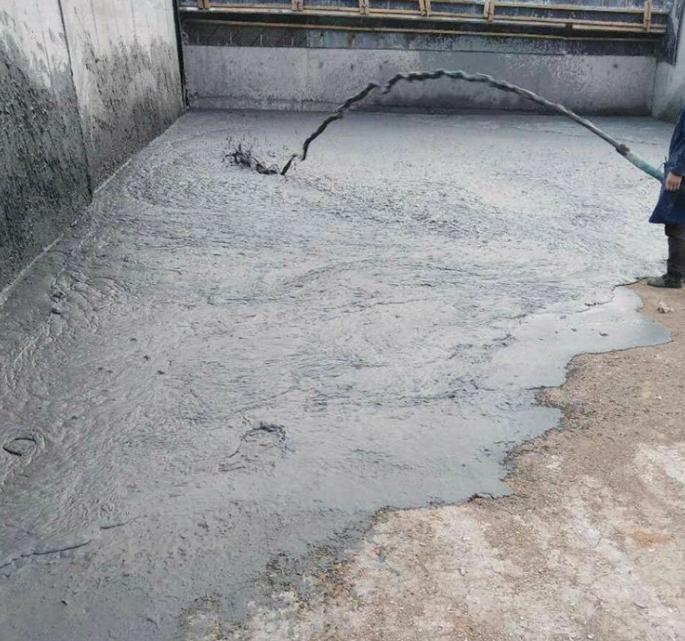Post Date:30,Jan,2023
The adaptation and incompatibility between the so-called concrete admixture and cement can be considered as follows: When formulating concrete (or mortar), according to the technical specifications of concrete admixture application, a certain admixture that has been inspected to meet the relevant standards can be added to the regulations. If the cement using the admixture of the variety can produce the desired effect, the cement is compatible with the admixture. On the contrary, if the effect is not produced, the cement and the admixture are not Suitable. For example, a concrete superplasticizer is added to the concrete prepared from five ordinary Portland cements (tested to meet the requirements of high-efficiency water reducer standards, and all other factors are the same, there is one Concrete prepared from cement has serious shortages in water reduction rate. Other cements do not have this problem. Therefore, it can be considered that this cement is not suitable for the superplasticizer, and other cements The high-efficiency water reducing agent is suitable. For example, when the concrete prepared in a certain cement is mixed with an accelerated coagulant (tested to meet the relevant standards), but the accelerated setting effect is not obtained, Adding retarders do not get proper retarding effect, all OK considered incompatible between admixtures and cement.

Cement fineness cement particles have strong adsorption to water-reducing agent molecules. In cement slurry with water-reducing agent, the finer the cement particles, the larger the specific surface area, that is, the water-reducing agent molecules. The amount of adsorption is also larger. Therefore, in the case of the same amount of water reducing agent, the plasticizing effect is worse for cement with higher fineness.
Now some cement manufacturers tend to improve the early strength of cement. For the cement fineness, in order to achieve better plasticizing effect, it is necessary to increase the amount of water reducing agent. The freshness and temperature of the cement are fresher, and the plasticizer of the water reducing agent The corresponding difference is worse. This is because the positive electrical property of fresh cement is stronger and the adsorption capacity of the water reducing agent is larger. The higher the temperature of the cement, the worse the plasticizing effect of the water reducing agent. The slump loss is also faster. Therefore, when some commercial concrete production plants use concrete that has just been milled and still lose heat, the water reduction rate is low and the slump loss is too fast. Even appear in the blender Chang condensation so on, we should pay attention and to be avoided.
Post time: Jan-30-2023

